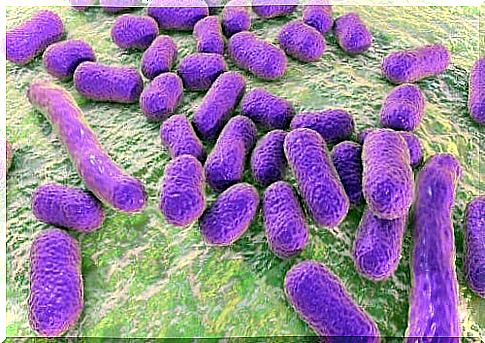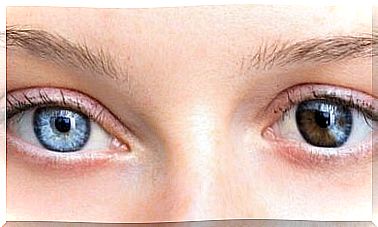Most Common Pathogens In Summer

As we all know, summer also brings with it the increase in temperatures. As a result, the chances of developing infections caused by microorganisms that proliferate in these environmental conditions also increase. But what are the most common pathogens in the summer?
Exposure to viruses, bacteria and fungi occurs all year round; however, due to the summer climatic characteristics, some pathogens are particularly active in this season of the year. In the next lines we will discover the most common and their effects on health.
What is meant by a pathogen?
Any microorganism capable of generating a disturbance or disease in the host in which it is installed. This definition includes all types of germs, including viruses, bacteria, fungi, protozoa and other more complex microorganisms.
It should be noted that some of the diseases that we will list in this article can have multiple causes. In other words, they can be caused by pathogens of different genera or even of different orders.
What are the most common pathogens in the summer?

Viruses and bacteria that cause inflammation
Conjunctivitis and otitis are auto-inflammatory diseases that populate public swimming pools. Conjunctivitis is inflammation of the conjunctiva, a mucous membrane that lines the eyeball. Its symptoms include:
- Ocular inflammation.
- Redness of the eyes.
- Tearing.
- Yellowish secretion.
It can have viral and bacterial origin, but the most common forms are those caused by adenoviruses, which are transmitted by direct contact and through contaminated water particles.
Otitis, on the other hand, generally has a bacterial origin, at least as far as the external auditory canal is concerned. Depending on the affected area, it is referred to as internal or external otitis. Its clinical manifestations include:
- Hearing problems.
- Earache.
- Sensitivity to touch.
These two inflammations are caused by viruses or bacteria that survive well in water and in mild temperatures. For this reason, swimming pools are the breeding ground for these pathogens.
The adoption of adequate hygiene measures and the use of material for individual use are essential, as microorganisms also survive on surfaces.
Food poisoning

Who has never had the misfortune of having intense diarrhea after a lunch or dinner out in the summer? Food poisoning is the order of the day this season of the year.
This is due, in the first place, to the increase in temperatures which favors the proliferation of many microorganisms; secondly, to typical holiday habits. Eating at home in a controlled environment is very different from eating on the beach, with more precarious levels of hygiene. Among the most common pathogens of food poisoning are:
- Bacteria of the genus Campylobacter, gram-negative bacilli very mobile due to the presence of flagella.
- The E. Coli bacterium , generally present in the human intestinal microbiota without causing complications. Some strains cause diarrhea when they adhere to the intestinal mucosa.
- Vibrio cholerae , a bacterium with two well known cholera serotypes.
- The genus Salmonella, which has a greater replication capacity at high temperatures.
The common episodes of diarrhea in summer almost always have a bacterial origin, due to the contamination of foods, especially meat-based. Even the water used for preparing food or washing utensils can be contaminated.
Other common pathogens in the summer
The examples just described are the most popular during the summer season; but we cannot fail to mention further pathologies that are equally common during the summer.
- According to the World Health Organization, there are 10 most common diseases transmitted by insects to humans. The reproductive cycle of most of these species ends with the adult specimens in spring or summer, which is why it is in this season that cases increase. We refer to diseases such as dengue, malaria, leishmaniasis and yellow fever, often caused by viruses and protozoa.
- Fungi that cause skin diseases are also very common in the summer. Once again, swimming pools and public baths are the fertile ground for their proliferation due to the humidity and high temperatures that favor their growth.
The list of pathogens that cause disease during the summer period is almost endless. Bacteria are at the top of the list, causing inflammation and almost all episodes of gastroenteritis and diarrhea.
For this reason, it is important to carefully choose where to eat or swim when on vacation. If symptoms of an infection occur, it is essential to seek immediate medical attention.









